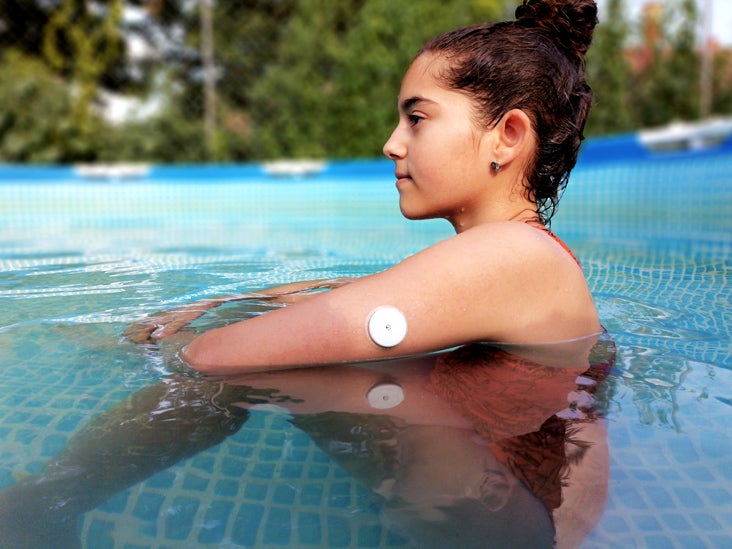
- #Freestyle libre flash glucose monitoring system invasive skin#
- #Freestyle libre flash glucose monitoring system invasive trial#

Notably, the article authors classified for the first time bloodless glucose monitoring products into three categories: David Klonoff of the University of California, San Francisco and medical director of the Diabetes Res e arch Institute at Mills-Peninsula Medical Center - highlighted the many barriers that exist, but still predicted that noninvasive devices are poised for success in the coming years. In a June 2021 academic review article, the DTS - led by Dr. Researchers at MIT and elsewhere are finding that when used properly, it can produce highly accurate continuous data on blood glucose levels.

Spectroscopy, which uses lasers that don’t pierce the skin, has been under study for decades. They segment the systems under development by the type of technology used to take blood glucose readings - mainly, different types of spectroscopy, a technique that identifies chemicals based on the interaction of molecules with electromagnetic radiation. The former are wearables, and the latter will be nonwearable or tabletop systems. Yet, diabetes technology experts still believe potential exists for noninvasive devices to make it big, and industry analysts are predicting a booming market in the next 5 years.Īnalysts note that there are systems under development for both home use and in-clinic and hospital settings. The Diabetes Technology Society (DTS) published a scientific analysis on this topic in October 2021, noting “the amount of interest in seeing the development of an accurate and the amount of hyperbole by companies promising an accurate both far outstrip the amount of publicly available data actually generated by these potential products.” To date, it’s been mostly hype versus hope, as attempts to create those products have fallen flat. Numerous companies are pushing forward in this noninvasive continuous glucose monitoring (CGM) space, even in the midst of a pandemic.
#Freestyle libre flash glucose monitoring system invasive skin#
The invention of a “noninvasive” device that can measure blood glucose for people with diabetes with no need to poke the skin and draw blood has been the dream for decades.Īfter all, why wouldn’t people with diabetes (PWDs) flock to a skin patch that can detect blood sugar levels through sweat, or a wrist band that uses radio frequency technology to continuously beam glucose data directly to an app? These results show benefit and support the implementation of public coverage because greater adherence of self-monitoring of blood glucose results in improved glycemic control which ultimately reduces the risk of long-term diabetes associated complications and healthcare costs.Share on Pinterest Dusan Ilic/Getty Images Despite small sample size, there was also a trend of decreased basal and bolus insulin requirements in patients continuing use. The mean A1C of patients who continued using FGM decreased by 1.14% at three months, compared to an increase of 0.17% in those who did not (p=0.038).

#Freestyle libre flash glucose monitoring system invasive trial#
More than half (21/40) continued to use the system beyond the trial period. In this study, we investigated the continuation rate of FGM use in patients provided complimentary FreeStyle Libre starter packs, consisting of one reader and two 14-day sensors, and the impact of continued use on glycemic control. The FreeStyle Libre system is less costly than CGM and may help overcome common barriers to conventional glucose testing, including pain, needle aversion, and inconvenience, but at present there is no public coverage for the product available in Canada. The FreeStyle Libre utilizes a sensor placed on the upper arm to test interstitial glucose levels every fifteen minutes and may be used to obtain a ‘flash’ (real-time) reading. FGM incorporates aspects of conventional blood glucose testing and continuous glucose monitoring (CGM). The FreeStyle Libre flash glucose monitoring (FGM) system was introduced in Canada in 2017.


 0 kommentar(er)
0 kommentar(er)
